Did you know that a staggering 1 in 10 people will experience elbow pain at some point in their lives? This common yet often overlooked issue can range from a mild annoyance to a debilitating condition, impacting everything from typing an email to lifting a cup of coffee. Understanding and addressing elbow pain is not just about immediate relief; it’s about maintaining a quality of life that many of us take for granted.
In this comprehensive guide, we will explore the various facets of elbow pain. From unravelling its common causes, including injuries and conditions like tendonitis and bursitis, to identifying the tell-tale symptoms, we aim to arm you with the knowledge you need. But knowledge alone isn’t power – action is. That’s why we’ll also delve into effective home remedies that offer relief and professional treatments for long-term care. Plus, we’ll share essential prevention tips to keep your elbows healthy and pain-free.
Whether you’re currently experiencing elbow pain or simply want to arm yourself with preventative strategies, this article is your first step toward understanding and tackling this common ailment.
Causes of Elbow Pain
Elbow pain may seem straightforward, but its causes are as varied as the individuals it affects. Understanding these causes is key to both effective treatment and prevention. Here are some of the most common culprits:
- Injuries: A fall on an outstretched arm or a direct blow can lead to fractures, sprains, and strains in the elbow. These injuries are not just painful; they can restrict movement and require immediate attention.
- Overuse and Repetitive Strain: Repetitive motions, especially those common in sports or certain occupations, can strain the elbow over time. Activities like tennis or painting can lead to conditions such as ‘tennis elbow,’ where repeated use leads to pain and tenderness on the outside of the elbow.
- Tendonitis: This is an inflammation of the tendons – the cords that connect muscles to bones. This condition often results in overuse in the elbow, leading to pain and swelling in the affected area.
- Bursitis: Bursae are small fluid-filled sacs that cushion bones, tendons, and muscles near joints. Inflammation of these bursae, known as bursitis, can cause pain and swelling around the elbow joint.
- Arthritis: Although less common in the elbow than in other joints, arthritis can still occur. Osteoarthritis is the wear-and-tear type, while rheumatoid arthritis is an autoimmune condition. Both can lead to joint pain, stiffness, and swelling.
- Nerve Compression: Conditions such as cubital tunnel syndrome occur when the nerves running through the elbow are compressed or irritated. This can lead to pain, numbness, or a tingling sensation in the elbow, forearm, or fingers.
Understanding the cause of your elbow pain is crucial in determining the most effective treatment approach. While some causes stem from acute incidents, like injuries, others develop over time due to repetitive movements or underlying health conditions. In the next section, we’ll explore the symptoms associated with elbow pain to help you better identify and understand your condition.
Symptoms of Elbow Pain
Recognizing the symptoms of elbow pain is crucial for early intervention and effective treatment. While symptoms can vary based on the underlying cause, some common signs include:
- Pain and Discomfort: This is the most obvious symptom. The pain might be a dull ache when at rest, a sharp pain when grabbing objects, or a burning sensation around the elbow.
- Swelling and Redness: In cases like bursitis or after an injury, the elbow may become swollen, warm, and red. Swelling can limit the range of motion and make movement painful.
- Stiffness: A feeling of tightness in the elbow, especially in the morning or after periods of inactivity, is common. This stiffness can make it difficult to extend or bend the arm fully.
- Weakness: You might experience a noticeable weakness in the forearm, making it challenging to perform everyday tasks such as turning a doorknob or holding a cup.
- Numbness or Tingling: Conditions affecting the nerves, such as cubital tunnel syndrome, can cause a tingling sensation or numbness in the elbow, forearm, or fingers.
- Limited Range of Motion: Difficulty in bending or extending the arm fully can be a symptom of elbow pain, often resulting from inflammation or injury.
It’s important to note that experiencing any of these symptoms consistently warrants a visit to a healthcare professional. Early diagnosis can prevent more serious complications and pave the way for effective treatment. In the next section, we’ll explore various home remedies that can offer relief for mild elbow pain.

Home Remedies for Elbow Pain
While professional medical advice is paramount for chronic or severe elbow pain, there are several effective home remedies you can use for mild discomfort or as part of a comprehensive treatment plan:
- Rest: This is perhaps the most crucial step. Give your elbow a break from activities that exacerbate the pain. Rest helps reduce further strain and inflammation.
- Ice Therapy: Applying ice to the affected area can reduce swelling and numb the pain. Use an ice pack or a bag of frozen peas wrapped in a towel for 15-20 minutes several times a day.
- Compression: Wearing an elbow brace or wrap can provide support and reduce strain on the injured area. Ensure it’s snug but not too tight to avoid cutting off circulation.
- Elevation: When resting, try to keep your elbow elevated above heart level to help reduce swelling.
- Over-the-Counter Pain Relievers: Nonsteroidal anti-inflammatory drugs (NSAIDs) like ibuprofen or naproxen can help reduce pain and swelling. However, they should be used as directed and not relied upon as a long-term solution.
- Gentle Stretching and Strengthening Exercises: Once the acute pain subsides, gentle exercises can help restore range of motion and strengthen the muscles around the elbow. It’s important to do these under guidance to avoid exacerbating the injury.
- Heat Therapy: Applying heat can be beneficial, especially for stiffness. Use a warm towel or heating pad on the elbow for about 10-15 minutes to loosen tight muscles.
- Massage: Gentle massage can improve circulation and alleviate discomfort. Focus on the muscles around the elbow and avoid direct pressure on the joint.
Remember, these home remedies are for mild cases of elbow pain or as part of a larger treatment plan. If your symptoms persist or worsen, or if you have significant swelling or redness, it’s essential to seek professional medical advice. In the next section, we’ll delve into professional treatments for more serious cases of elbow pain.
Professional Treatments for Elbow Pain
When home remedies are not enough, or if the elbow pain is severe or chronic, seeking professional medical treatment is crucial. Here are some common professional treatments for elbow pain:
- Physical Therapy: A physical therapist can design a program of exercises and stretches to strengthen the muscles around the elbow, improve flexibility, and reduce pain. They can also provide pain relief modalities like ultrasound therapy or electrical stimulation.
- Chiropractic Care: Chiropractors can offer treatments that may include joint manipulation, massage, and other techniques to relieve pain and improve joint function.
- Shockwave Therapy: An emerging and effective treatment for various types of elbow pain, particularly for conditions like tennis elbow. Shockwave therapy uses acoustic waves to stimulate healing in injured tissues, promoting cell regeneration and reducing inflammation. This non-invasive treatment has shown promising results in pain reduction and recovery speed, making it a valuable option for those seeking alternative or adjunctive treatments.
- Medication: For more severe pain or inflammation, doctors may prescribe stronger NSAIDs, pain relievers, or corticosteroids. Injections of corticosteroids directly into the elbow joint can provide significant pain relief.
- Occupational Therapy: Especially useful if your elbow pain is affecting daily activities, occupational therapists can teach you how to perform tasks in a way that doesn’t aggravate your pain.
- Surgical Intervention: In cases where non-surgical treatments have not provided relief or if there is significant damage to the elbow joint, surgery might be recommended. Surgical options vary depending on the condition, from minimally invasive arthroscopic surgery to more complex procedures.
- Alternative Therapies: Some patients find relief through acupuncture, yoga, or other alternative therapies. These can be used in conjunction with traditional medical treatments.
- Injection Therapy: Procedures like platelet-rich plasma (PRP) injections are becoming more popular for treating tendon injuries and could be an option depending on your condition.
Each of these treatments comes with its own set of considerations, and what works best will depend on the individual’s specific condition, lifestyle, and overall health. A healthcare professional can provide guidance on the most appropriate treatment plan.
In the next section, we’ll look at ways to prevent elbow pain from occurring or recurring, helping you maintain a pain-free life.
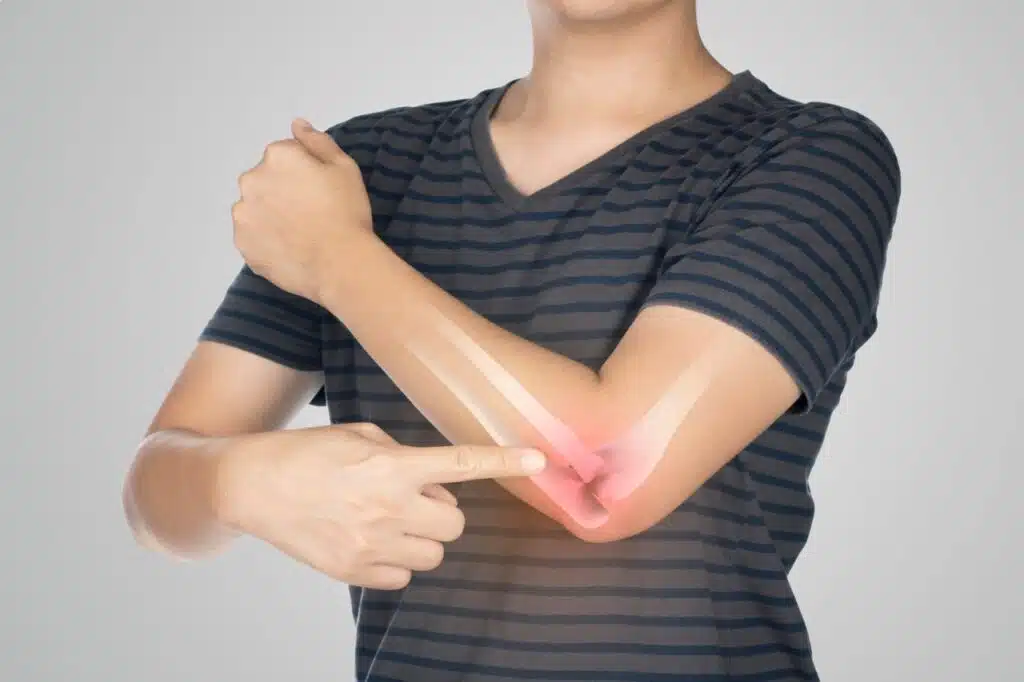
Prevention Tips for Elbow Pain
Preventing elbow pain is key to maintaining a healthy, active lifestyle. Here are some effective strategies to reduce the risk of developing elbow pain:
- Ergonomic Adjustments: If you spend a lot of time at a desk, ensure that your workstation is set up ergonomically. When typing, your elbows should be at a 90-degree angle, and your wrists should be in a neutral position.
- Proper Technique in Sports and Activities: In sports like tennis or golf, using the correct technique is vital to avoid putting undue stress on your elbows. Consider professional coaching to ensure you’re using the proper form.
- Regular Stretching and Strengthening: Incorporate exercises that strengthen the muscles around the elbow and improve flexibility. This can be particularly important if you engage in repetitive motion activities.
- Take Breaks and Vary Activities: Regular breaks during activities that involve repetitive arm movements can help prevent overuse injuries. Try to vary your activities to avoid constant strain on the elbow.
- Use Supportive Equipment: In some sports or activities, using elbow braces or straps can help reduce stress on the elbow.
- Warm-Up Properly: Before any physical activity, a proper warm-up is essential to prepare your muscles and joints, reducing the risk of injury.
- Maintain a Healthy Weight: Excess weight can put additional stress on your joints, including the elbows. A healthy diet and regular exercise can help in maintaining an optimal weight.
- Stay Hydrated and Nutritious: Adequate hydration and a balanced diet rich in calcium and vitamin D are important for joint health.
By implementing these preventive measures, you can significantly reduce your risk of elbow pain. It’s about creating a balance between activity and rest, body mechanics awareness, and overall health.
Conclusion
Elbow pain, a common ailment affecting people from all walks of life, can range from a mild inconvenience to a significant hindrance in daily activities. We’ve explored its various causes, from acute injuries to chronic conditions like tendonitis and bursitis. Understanding these causes is the first step toward effective treatment.
We’ve also delved into the symptoms of elbow pain, emphasizing the importance of early recognition for prompt intervention. Home remedies like rest, ice, and gentle exercises can offer relief for milder cases, while professional treatments – including physical therapy, medication, and possibly surgery – are available for more severe or persistent cases.
Prevention, however, is always better than cure. You can significantly reduce your risk of developing elbow pain by making ergonomic adjustments, practising proper techniques in physical activities, and maintaining overall joint health through regular exercise and a balanced diet.
Remember, if your symptoms persist or worsen or if you experience significant swelling or redness, it’s crucial to seek professional medical advice. Early diagnosis and treatment can prevent further complications and pave the way for a quicker recovery.
Elbow pain doesn’t have to be a part of your life. With the right knowledge, preventive measures, and treatment, you can maintain healthy elbows and continue to enjoy your daily activities without discomfort.
References:
- Elbow Pain: Causes & Treatment – This article from Cleveland Clinic provides an in-depth look at the causes of elbow pain and bursitis. It also covers diagnostic methods, treatments ranging from self-care to surgery, and prevention tips.
- Elbow pain Causes – Mayo Clinic – Mayo Clinic offers a comprehensive overview of elbow pain, highlighting common causes such as overuse, injury, and various conditions like golfer’s elbow, gout, and arthritis. The page emphasizes the importance of an accurate diagnosis for effective treatment.
- Evaluation of Elbow Pain in Adults – American Academy of Family Physicians (AAFP) provides a comprehensive guide on the evaluation of elbow pain in adults, covering the diagnosis and management of common conditions such as olecranon bursitis, posterior impingement, and triceps tendinopathy. The article emphasizes the importance of imaging techniques like MRI and ultrasonography for chronic elbow pain diagnosis.
- Elbow Pain – Penn Medicine – This resource outlines the causes of elbow pain, including fractures, dislocation, and degeneration of soft tissues. It details diagnostic tests used for evaluating elbow conditions and introduces an advanced pain management program that combines physical therapy, corticosteroid injections, and behavioral therapy.

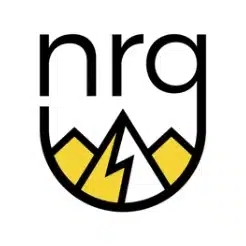
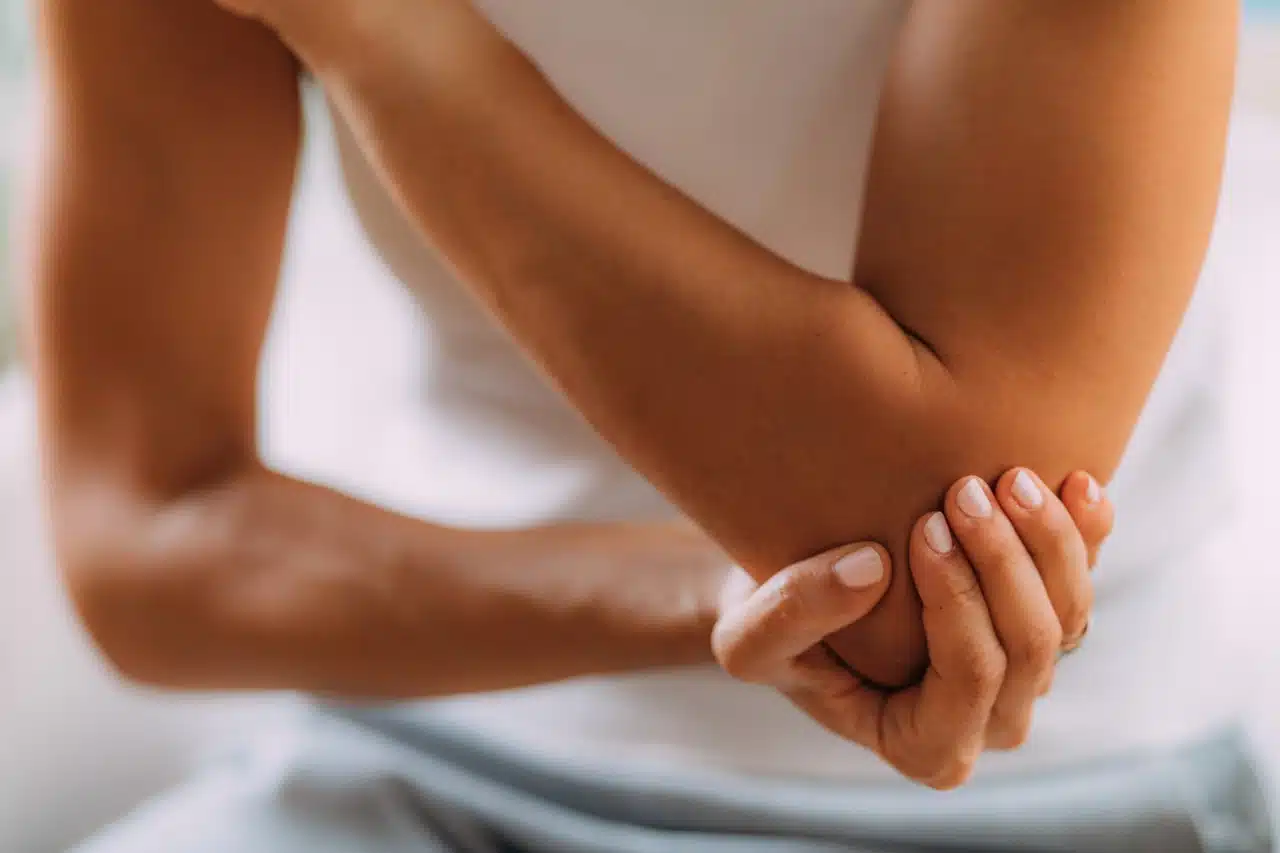
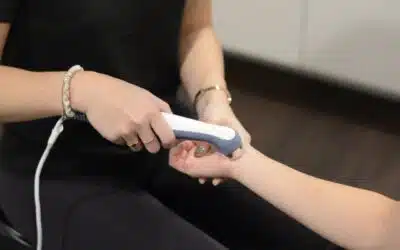
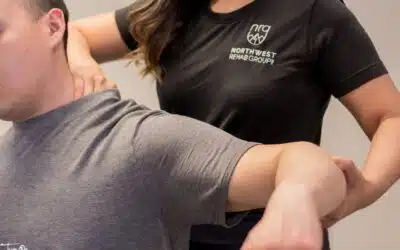
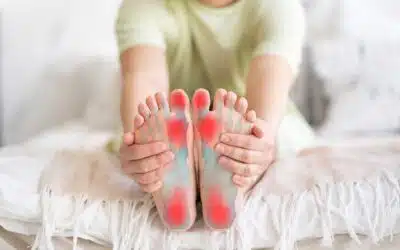
0 Comments